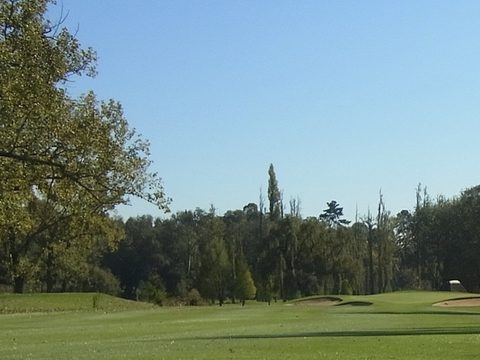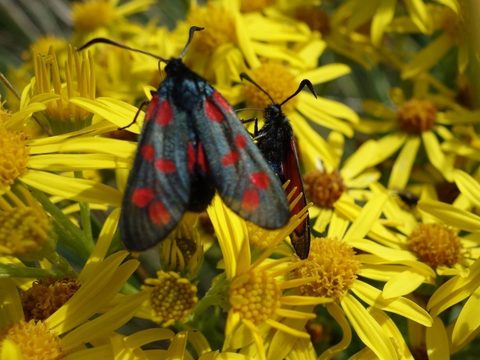Golf Course Sustainability - A Sensitive Issue
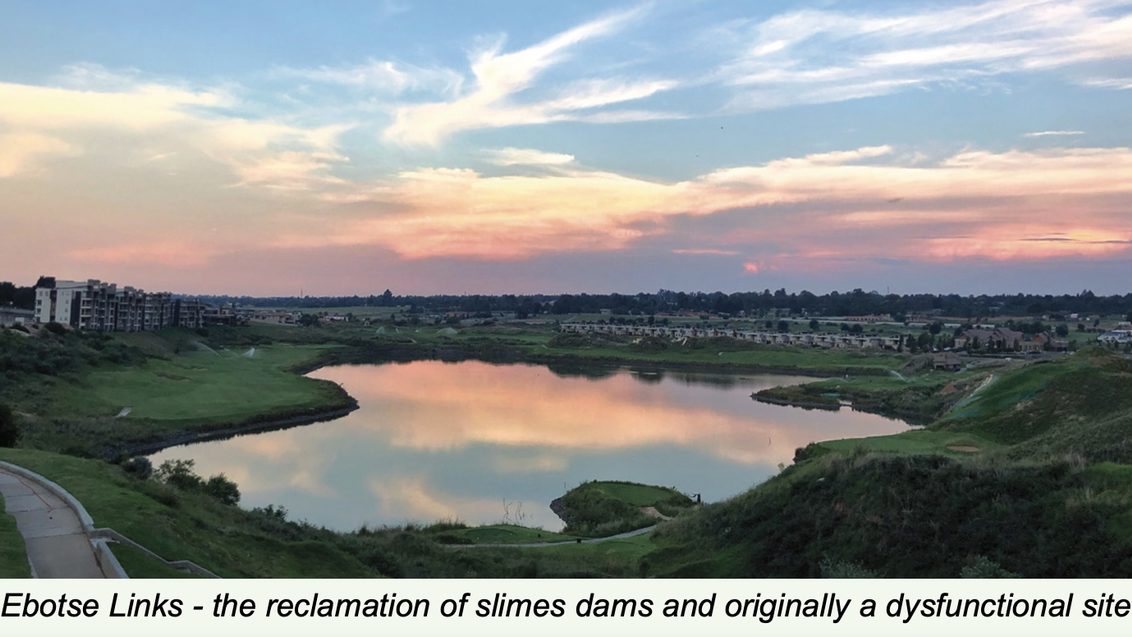
Golf Course Sustainability
This is a key ‘issue’ for golf, both in terms of its image and a PR sense, as the game has been traditionally slow in promoting its own improvements and in dispelling such myths as millions of litres of drinking
water being used every day for irrigation purposes.
I have used these examples many times, but as recently as a lunch in September, a highly intelligent and objective non-golfer, quizzed me about how golf could be justified, in terms of its continued wasteful use of potable water and using land, which is needed for more important things, such as agriculture and housing. When I detailed rainwater harvesting, water re-cycling and grey water initiatives, along with the reclamation of derelict dys- functional sites, such as the slimes dams where Ebotse was developed, or the fetid, disused sand quarry, which was trans- formed into Eagle Canyon, she was impressed and very surprised that golf had not made more mileage out of these good news stories!
BGM: So, PR is an important consideration along with the hard facts, such as the recent John Collier Survey showing that 30% of the clubs participating in its survey (over 190 clubs are involved) are environmentally compliant.
Given the belated acknowledgement that climate change is real and that everyone must play their part in lessening human- kind’s impact on the environment, how does Talking Turf see its role in helping clubs deal with this particular challenge?
Sue: Golf clubs are constantly striving to improve their efficiency of water use. We work closely with our clients in this area. I think more wetting agents will be used to hold more moisture in the root zone and allow each venue to produce the best possible playing surface, while reducing water usage.
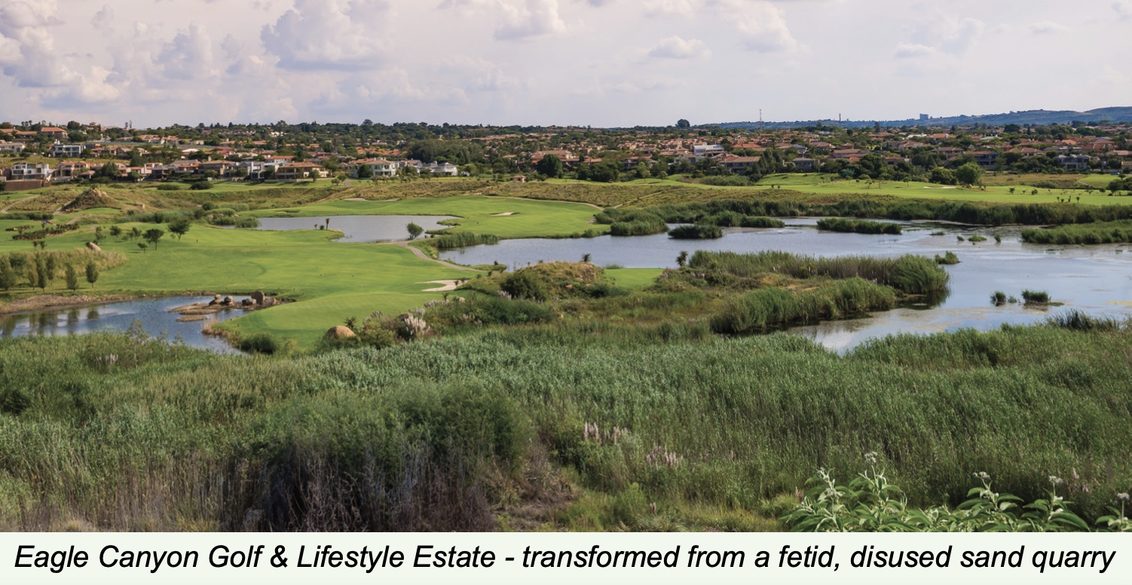
There are so many factors which influence water usage and we work closely with our clients looking at the bigger picture, which allows us to brainstorm and come up with solutions. The golf courses often create green zones in urban areas which are the only pocket and refuge for wildlife. Although golf courses use water it is ulti- mately replaced into the water table. The biodiversity and benefits of the carbon sequestration in these green zones, particularly in urban areas, are truly a hidden gem.
Not only are most golf courses already water wise (it makes business sense in terms of their bottom lines and budgets), but many are trying to further streamline usage, and use their water consumption to create broader benefits.
Developing beautiful water-wise natural corridors in golf estates, or within the ‘concrete jungle’ on the cities has much broader benefits than just for golfers. In the latter respect, Country Club Johannesburg is a prime example of this, while Prince’s Grant’s (KZN) evolution, from a mono crop (sugar plantation), into the incredibly biodiverse bush environment to be found at the estate today, is another in which both the broader community and the environment are the winners. Syngenta have a fantastic world-wide programme - Operator Pollinator - which is an initiative to encourage indigenous belts of flora within and around golf courses, agricultural land and even along road verges.
BGM: We live in a water scarce region, and so managing a course, where playability and aesthetic requirements need water, as a key ingredient, can be very challenging. What chemical ‘inter- ventions’ are available to help in water conservation?
I ask, because many years ago, when I was still working as a greenskeeper, chemical technology was in its infancy (DDT was still in widespread use and soluble waterborne fertilisers were unheard of - pterodactyls could also be seen roosting on the clubhouse roof!) and I recall the excitement, when a chemical ‘web’, to help retain water on sloping greens’ surfaces, was introduced!
What new chemical technology, if any, and or maintenance protocols does Talking Turf recommend to its clients to combat this increasingly important issue?
Sue: Wetting agents are a wonderful tool to help hold moisture in the rootzone. We have used Qualibra in combination with Ryder (a turf pigment to protect the plant from cold / heat) at one of our soccer sites, which has very limited water, with great success.
Our irrigation systems are also a fantastic tool giving you the daily evapotranspira- tion rate (ET), and within this range we would generally irrigate to 75 % of ET, and we actively encourage our clients to elimi- nate the guessing game, by using the available data resources, wherever possible.
Weather forecasts, ET from an on-site weather station, moisture meters (hand held or more sophisticated), along with that gut feel borne of experience, of the superintendent, all culminate in a venue being able to produce the ultimate playing surface in a sustainable manner.
BGM: If we put the direct challenges of water availability aside, certain grass types have varying abilities to survive using less water and fertiliser and yet still supply an excellent year-round playing surface.
What is Talking Turf’s approach to this and advice to its clients in this regard, espe- cially when wholesale changes in turf types on a golf course costs money, which most club’s budgets simply do not have?
Sue: We find it best to use the best turf variety for a particular regional climate. Having said that, you need to be prepared to give the turf planted the required maintenance.
Bermuda is an excellent choice for our hot / sub-tropical areas, and Gobi is a low maintenance Bermuda strain, which is a great option for sports fields, tee, fairways, or home lawns and is a fantastic choice for our hotter regions.
Ibiza on the other hand is a high-end Bermuda - tolerating up to -15 degrees Celsius - although it will be dormant in winter.
Sparring, a wonderful tall fescue blend, is a fantastic heat, drought and cold tolerant variety for fairways in the more temperate climates. This strain is a great choice for the Southern Cape, Western Cape and Gauteng. Hazendal, the new gem in the Western Province, has recently planted its semi-rough with Sparring.
Talking Turf proudly distribute the Semillas Fito seed range to Southern Africa. The analyst Josep Cirera is incred- ible in his seed selection, and it has been a privilege to work closely with him for the past 7 years. I knew I was working with a true gem, when both Real Madrid’s Santiago Bernabéu and Barcelona’s Camp Nou stadiums, sought out his advice.
BGM: Just as we are slow, as a game, to share our good news stories with the general public, we can be equally reticent in sharing intel, challenges and experiences within our own industry.
Education plays a key role in this entire scenario, so how does Talking Turf work with the greenskeepers, and perhaps more importantly their boards or commit- tees to keep everyone updated with new innovations, technologies and best practices?
Sue: Education and networking in this incredible industry remains my passion. We have the privilege, with Syngenta’s support, of sponsoring a biannual superin- tendents’ conference, as well as numer- ous regional meetings each year. We will be expanding this education to an addi- tional biannual education event for grounds men.
We have also embarked on an annual Sustainable Golf Roadshow in conjunction with the PGA of South Africa and CMASA.
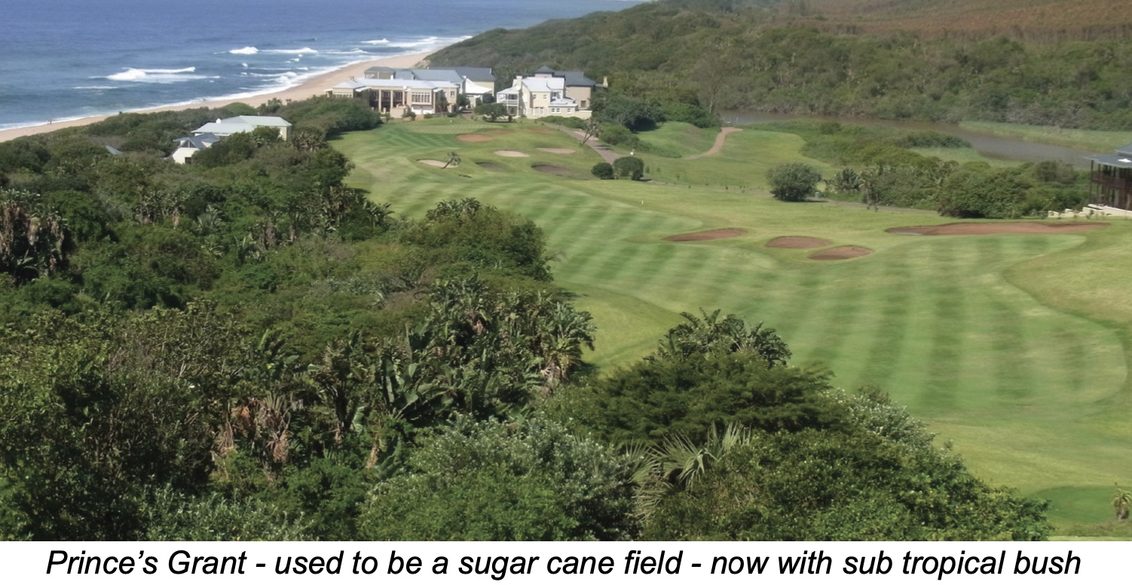
Syngenta, Toro and Vicker’s oils proudly sponsor this event, where golf club managers, directors of golf, superinten- dents and workshop managers share sustainable ideas, along with the free on course platform provided by GEO to guide golf clubs on sustainable methods of operating.
This ranges from financial, turf mainte- nance - applying our turf registered range which does not harm beneficial insects, microbes, mammals or fish and in this context, I should like to encourage home- owners to be aware of what they are spraying.
We also touch on food waste recycling (the biggest producer of methane), reduc- ing plastic waste levels and recycling.
Our new sponsor, Vicker’s Oils have educated us on the importance of using oils, which will not affect the soil or fish in the event of a spill.
We are also encouraging golf clubs to change to these hydraulic oils on the greens and fairway mowers.
I am also part of a global Sustainable Golf forum run by a St Andrews PhD student and any platform to share intel on, such as BGM, benefits all of us.
The R and A have also begun a fantastic initiative to reduce the carbon footprint of The Open, wherein most supplies for each championship, are sourced within a 40 km radius of the host venue.
BGM: Most clubs are looking to lower the maintenance levels of the course’s surrounds, by lowering the mown grass areas, replacing water intensive gardens full of exotic flowers and shrubs, with indigenous and waterwise succulents, such as can be seen in the gardens’ rede- velopment programme, which is in place at Sabi River Resort Golf Club.
These areas around the golf course are very important aesthetically, especially on golf estates, so how can and or does Talking Turf interact with its clients in respect of these challenges?
Sue: Syngenta have a wonderful world-wide programme called Operation Pollinator. Natural corridors are some thing very close to our heart, and this is one of the sustainable initiatives we are promoting on our annual Sustainable Golf Roadshow, in conjunction with the PGA of RSA and CMASA.
We are also promoting a spekboom challenge, as this is such a versatile, water wise plant, which produces more oxygen per hectare than the Amazon jungle.
At Mbombela Stadium, I have a wonderful exchange programme with a local nurs- ery, where we trade our aloe seed for water wise plants. This allows us to plant 100 spekbooms annually, and some of these plants are also given to our staff to plant in their communities.
BGM: You are at the cutting edge of the best maintenance protocols and available turf ‘technologies’, so what would be the keys points that you would offer to your client courses, in order to help them keep their courses in tip top shape and within budget?
Sue: Here's how we work ...
- We always start by looking at the soil analysis. Develop a sound nutrition programme - if you take care of the soil, it will take care of you.
- We then tie an integrated pest management programme into this nutrition programme, to optimse the efficacy of the applications.
- Once you have healthy turf, we then add the cherry on the top, with Primo Maxx (a plant growth regulator), Qualibra (a fantastic penetrant and poly- mer wetting agent in one prod- uct) and Ryder (reducing stress from heat / cold).
- These points, together with sound irrigation practices, allow our clients to produce their ultimate playing surfaces within their budgets.
BGM: I am on record (repeatedly!) as saying that a good greenskeeper is per- haps a golf club’s most valuable employee - I include the golf ops manger in this as they often double in this role.
When I was a head pro in the days of 8 jobs and half a salary (!), I considered the presentation of the golf course, as one of the most important roles that I had, because it was the ‘canvas’ against which my members, having a good experience, would often be measured.
Given the higher salaries and other incentives to go overseas, what do you feel that we need to be doing to keep out best turf management talent here on home soil in SA?
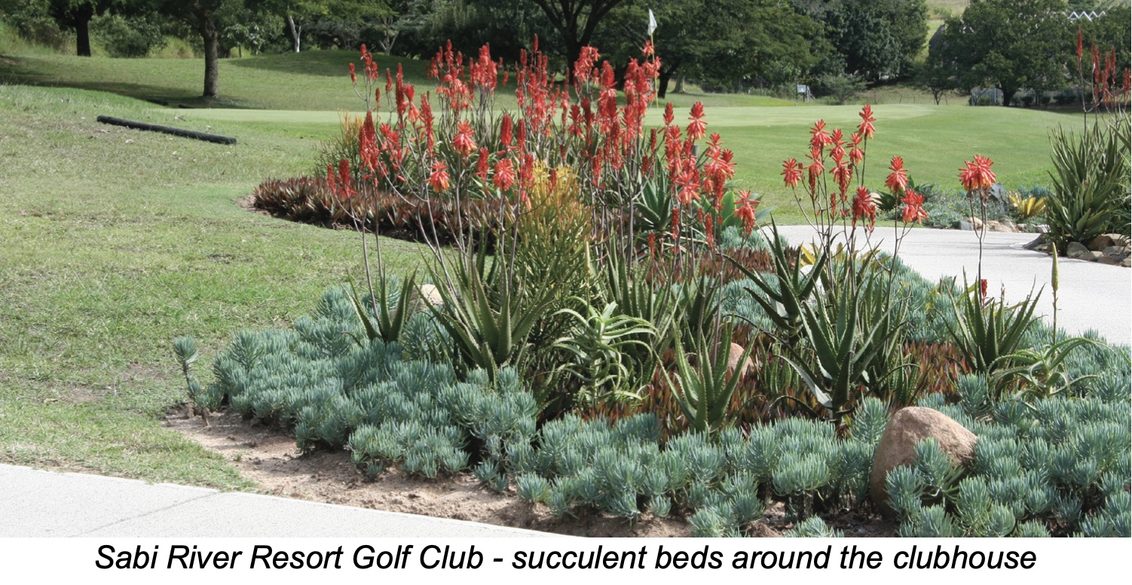
Sue: Absolutely - you cannot buy, or easily replace experience, passion and enthusiasm.
To help keep our talent ‘at home’, we need to:
- Form a solid working body (I be- lieve we have that with our sus- tainable golf roadshow committee), which shares the clubs’ vision and allows the superinten- dents to strive to achieve these goals. We would like to encourage the other companies in our indus- try to join forces with us and back this worthy cause.
- We must not allow ourselves be held back, by the few people who cannot, or will not, see the bigger picture.
- We are well supported in RSA - don’t think this is true - it is more a factor of educating the members - however this is often driven by members.
If clubs and golf estates allow their staff an opportunity and actively encourage them to grow, while encouraging the develop- ment of a sound work / life bal- ance, then the venues will reap the benefits.
Taken with thanks from the Business of Golf Magazine November 2021 issue.

